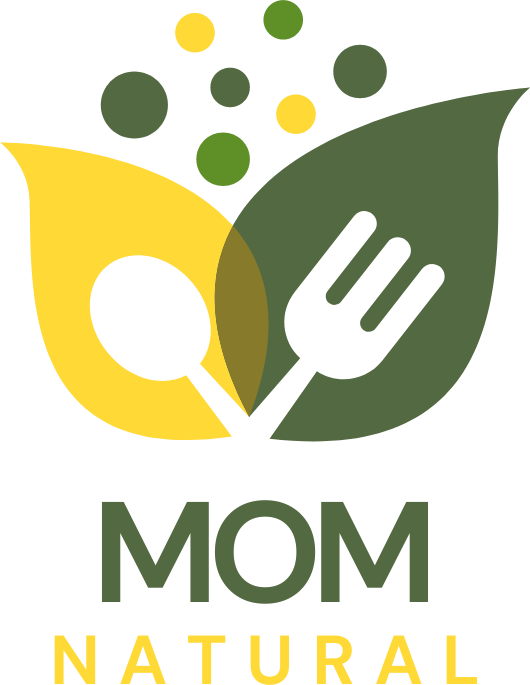Baby’s First Cold: Recognizing and Responding
Identifying Baby Cold Symptoms
While it can be alarming to witness your baby’s first cold, understanding and identifying the symptoms is the first step towards ensuring their comfort and recovery. Common signs may include:
- A runny or congested nose
- Frequent sneezing
- Mild fever
- Loss of appetite
- Difficulty sleeping due to congestion
For a more comprehensive list of symptoms, visit
WebMD’s guide on identifying child cold symptoms.
Treating a Sick Baby
Of course, once you identify the cold symptoms, the next pressing concern is how to comfort and treat your little one. Here are some effective strategies:
- Hydration: It’s crucial to keep your baby hydrated, especially when they’re fighting off a cold. Breast milk or formula should suffice for infants, while older babies can also have small amounts of water.
- Humidity: A cool-mist humidifier can help ease your baby’s breathing by adding moisture to the air. Just be careful to clean the humidifier regularly to prevent the growth of mold and bacteria.
- Nose Cleaning: A bulb syringe or a nasal aspirator can be used to clear your baby’s stuffy nose. Make sure to clean it thoroughly after each use!
While these practical steps can help your baby feel better, it’s crucial to consult with a healthcare provider if your child is less than three months old or if symptoms persist. For a complete guide on how to manage your baby’s first cold,
Lancaster General Health offers excellent insights.
Preventing Illness
While it’s impossible to completely shield your baby from common bugs, certain actions can minimize their risk of falling ill. The following tips can help:
- Hand Hygiene: Regular hand washing can significantly reduce the spread of germs. Make sure to wash your hands and those of your baby, especially before meals.
- Avoiding Sick Contacts: If possible, limit your baby’s interaction with sick individuals, including family members.
- Breastfeeding: Some studies suggest that breastfeeding can help build your baby’s immunity. Learn more about this and other approaches to increasing milk production on our blog.
For more extensive tips on preventing illness in your baby, visit Mayo Clinic’s guide on preventing the common cold in babies.
Balancing baby care with work and personal life can be challenging, especially when your little one is unwell. But remember, it’s entirely normal for babies to catch a few colds in their first year. With the right care, your bundle of joy will be back to their playful self in no time. For more on juggling work and home life, check out our personal story as working parents.
When to Seek Medical Advice
Although common colds and slight fevers can be handled at home, some cases might require medical attention. It’s important to know when to consult your pediatrician. Below are a few scenarios that warrant a call or visit to your doctor:
- Persistent High Fever: A fever lasting longer than two days or a fever in an infant under three months should be addressed by a healthcare professional.
- Breathing Difficulties: If your baby shows signs of labored breathing, such as wheezing, seek immediate medical care.
- Decrease in Wet Diapers: This could indicate that your baby is not getting enough fluids and may be dehydrated.
- Persistent or Increasing Discomfort: If your baby’s discomfort doesn’t seem to get better even with home care, it’s time to consult a doctor.
For emergency situations, it can sometimes be hard to know whether to take your child to the emergency room or an urgent care. Here John Hopkins Medicine offers tips on making the right choice.
Your Baby’s Recovery
The recovery time for a cold is usually around one week. But rest assured, most babies bounce back quickly from their first cold. During this time, continue to offer comfort to your little one by:
- Continuing Hydration: Even if your baby’s appetite is less than usual, try to ensure they stay hydrated. Sucking may be difficult due to a stuffy nose, so offering frequent, small feeds can help.
- Maintaining a Comfortable Atmosphere: Keep your baby’s room modestly warm and use a humidifier if necessary. This can help keep their nasal and throat passages moist and make them more comfortable.
- Providing Plenty of Rest: Sleep plays a vital role in recovery, so make sure your baby gets plenty of naps.
For additional insights and advice on baby care and recovery from a cold, you can refer to Seattle Children’s Hospital guide on infants colds.
Final Thoughts
Experiencing your baby’s first cold can be a trying time. However, with careful observation and the right care, you can ease your baby’s discomfort and aid in their swift recovery. Always remember, colds in infants are a normal part of growing up and developing their immunity system. So, console your little one, keep up your care routines, and don’t hesitate to reach out to a health care provider when you feel the need.
For even more resources on caring for your child’s cold or flu, refer to the Healthy Children guide on managing a child’s cold or flu.

